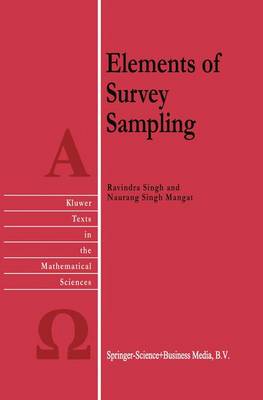Modern statistics consists of methods which help in drawing inferences about the population under consideration. These populations may actually exist, or could be generated by repeated* experimentation. The medium of drawing inferences about the population is the sample, which is a subset of measurements selected from the population. Each measurement in the sample is used for making inferences about the population. The populations and also the methods of sample selection differ from one field of science to the other. Social scientists use surveys tocollectthe sample information, whereas the physical scientists employ the method of experimentation for obtaining this information. This is because in social sciences the factors that cause variation in the measurements on the study variable for the population units can not be controlled, whereas in physical sciences these factors can be controlled, at least to some extent, through proper experimental design. Several excellent books on sampling theory are available in the market. These books discuss the theory of sample surveys in great depth and detail, and are suited to the postgraduate students majoring in statistics. Research workers in the field of sampling methodology can also make use of these books. However, not many suitable books are available, which can be used by the students and researchers in the fields of economics, social sciences, extension education, agriculture, medical sciences, business management, etc. These students and workers usually conduct sample surveys during their research projects.
- ISBN13 9789048147038
- Publish Date 7 December 2010 (first published 31 May 1996)
- Publish Status Active
- Publish Country NL
- Imprint Springer
- Edition Softcover reprint of hardcover 1st ed. 1996
- Format Paperback
- Pages 390
- Language English
